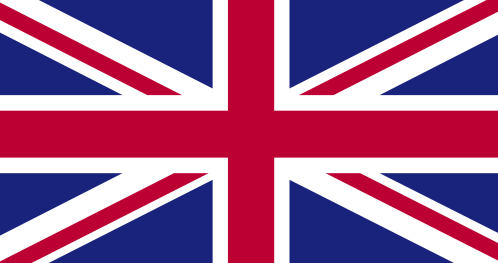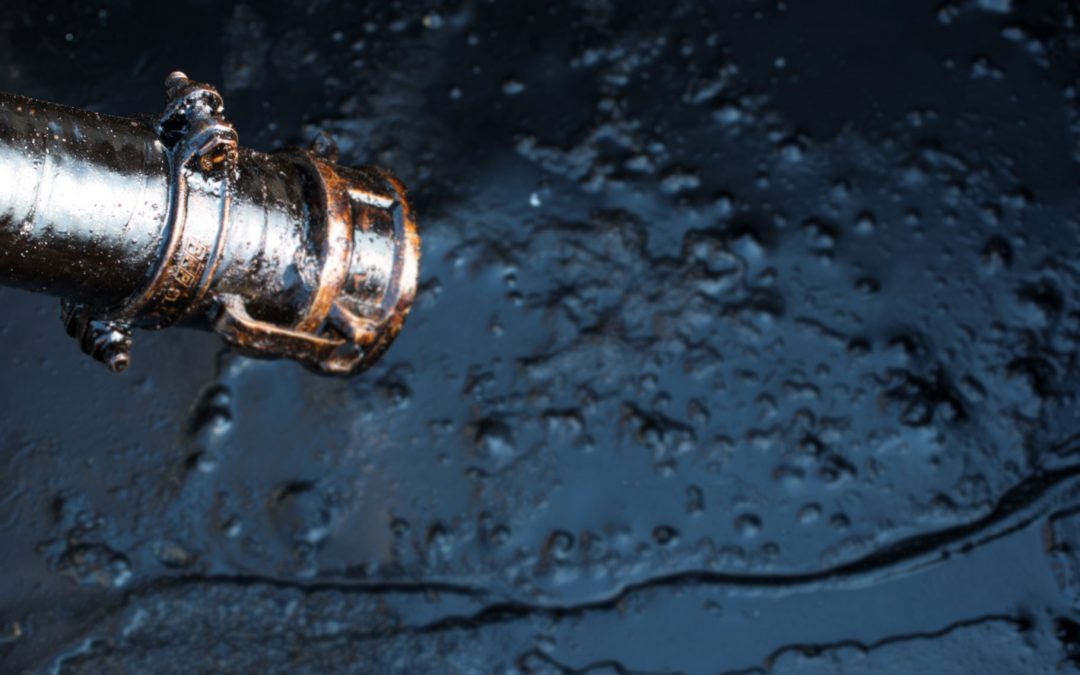Spill response is a necessary component for most if not all workplaces and is important for all facilities. Large working spaces with machinery, people and products coming in and out are ripe for spills to happen. Stay on top of safety requirements by strengthening your spill response plan by implementing these tips from TEAM Group.
As a leader in facilities management, TEAM Group knows a thing or two about spill response and clean-up. We provide services to OEM & Tier 1/Fortune 500 companies but can scale down to services any size of fleet.
TEAM is capable of servicing a wide variety of customer in terms of spill response – ranging from road infrastructure to nuclear. We are field service experts for big and small. Spill response is a necessary part of any facility maintenance plan that can ensure continued daily safety is in place for anyone that steps foot on your facility.
What is a Spill Response?
Spill response, or containment, is a responsibility for all facility maintenance workers. Spills occur every day from leaks, equipment malfunction, and accidents. It’s tough to predict where and what will spill, but the fact is that they happen often, if not daily.
Spill response is the action taken to prevent a spill from spreading. This requires containing the spill within a barrier or drainage area so that impacts on people and the environment (plants, animals, groundwater, and soil) are minimized.
What Situation Initiates a Spill Response?
The typical situations that require a spill response may be those caused by industrial and commercial facility accidents, vehicle accidents, train derailments, tank failure, overflow, improper waste disposal (leakage, stockpile), and natural disasters. In a facility setting, it is important to identify when and where spills may occur. For example, if you use tanks, then staying on top of your tank cleaning schedule will avoid build-up and the possibility of by-products leaking out
What Materials are handled in a Spill?
Depending on the facility you manage, you may be dealing with different types of materials when a spill happens. This can include chemical or hazardous materials, PCBs, oil/gas and biological/infectious hazards (e.g. blood borne, covid-19, animal/food safety by-product), which further will require their own spill response plan based on their characteristics and the risk they pose.
This could mean a rapid response or containment plan is initiated for the area or surrounding environment, or could involve abatement and remediation for things such as asbestos, solids, liquids, or toxic/combustible dust. What initiates a spill response will depend on the risk that certain materials represent in your facility and what or who is around them.
What is Hazardous Waste?
Hazardous waste is a type of by-product that is dangerous to human health or the environment. Sources of hazardous waste are numerous and come from various sources. One such source are industrial facilities. Hazardous waste that initiates a spill response can come in many forms such as solid, liquid, gas or sludge. What makes them hazardous are the characteristics of ignitability, corrosivity, toxicity, and reactivity.
What is Biological or Infectious Waste?
Biological waste or infectious waste refers to that which is used in healthcare or research. This can include sharps (anything that punctures such as needles, razor blades), microbiological specimens (vaccines, culture dishes), blood and blood products, pathological waste (parts of the human body and certain fluids), animal waste exposed to human pathogens, and any other waste material that would have come into contact with infectious . In terms of infectious viruses, such as COVID-19, the link between proper disposal of infected materials (bedding, equipment etc.) is paramount. The great work of emergency responses targeted at reducing transmission of COVID-19 points towards the need of coordinating an emergency response plan when it comes to infectious waste. This is important for day to day life and will continue to be valid even once the pandemic retreats.
Why is Spill Response Important?
Spill response is needed not just for human safety, but for the environment as well. It’s quite obvious from the news that oil spills have a destructive environmental impact due to unintended release of chemicals and hazardous materials. Although this is a large-scale example of a spill gone wrong, it’s the day to day small spill events that could also add up to great environmental damage if people choose to look the other way.
Facilities need to initiate a spill response and clean-up plan for the chemicals and by-products they produce and see it as their duty to do so. It is important to have a daily as well as emergency spill response plan in your company. This is particularly important for facilities that deal with a particular type of hazardous waste. You can’t just call in the regular janitor staff to take care of such hazardous waste, which often requires its own PPE, skills, knowledge and range of other equipment to properly handle and dispose of properly.
Spill Response Types: Basic
Depending on the facility you manage, and the by-products created, you may need a different type of spill response or a combination of a few. Let’s highlight them here.
Routine Spill Response: For day-to-day facility functions and situations that occur often, including a weekly basis. The routine spill response plans usually have an emergency spill response (more on that below) attached to them should a novel situation arise that goes beyond the scope of the routine maintenance plan.
Example: An employee accidentally spilling a cleaning agent on the floor of the facility deck.
Small Spill Response: A spill response that is minor in nature, but likely to require a more robust approach since it is out of routine spill response procedures. These usually require instant action but do not pose large risks to property or human well-being if they occur.
Example: A fire in one room of a facility or a small spill of a chemical.
Large Spill Response: These are required in response to major events that require immediate action. The lack of instant action would pose large risk to property or human well-being.
Example: Large fires, spills of hazardous waste in any form, major flooding.
Emergency Spill Response: This scale of emergency causes widespread damage and could cause loss of life if spill response is not applied immediately or resources cannot deal with the task at hand.
Examples: Widespread flooding, fires, large oil spills.
All of these types of spill response plans may not be applicable to your facility although it’s a good idea to identify where and if all of them would apply.
Spill Response Types: Specific
A full range of specific spill response plans are available to you. Let’s dive a bit deeper into what this entails:
Oil Spill Response: Applicable to oil on land and on water. This type of spill response has a dedicated taskforce of spill management responders. Environmental aspects should also be considered here.
Chemical or Hazardous Material Response: Health and safety technicians may be trained in responding to spills involving acids, caustics, reactives, metals (lead, mercury, cadmium) and more.
Biological or Infectious Material Response: Applies to decontamination and disposal of the entire infectious material. This can be applicable to any site that an infectious material or outbreak is identified.
Lab Packing: This may be related to the above two stated responses, as those materials may typically appear in a lab setting. This response deals with lab equipment that may be malfunctioning (gas compressors, cylinders, hoods and vacuums).
Railroad Response: Dedicated to rail car cleaning and inspection as to minimize the risk of any spills on or around railway cars.
Pump Outs for Tanks: A type of spill response for tanks that require emergency substance removal. This can not only save valuable product but prevent damage to equipment as well.
Spill Kits – What Are They?
A spill kit is anarray of supplies that can be used to contain a spill in an emergency situation. There are many types of kits such as universal, general purpose, oil, acid or personal protective kits. These contain equipment that can address many hazardous liquids.
Universal Spill Kits – May contain fast-solidifying sorbents, pads, socks, and disposal materials.
General-Purpose Spill Kits – Used for basic spills and may contain loose sorbents, sorbent socks, pads, and disposal bags.
Oil Selective Spill Kit – Materials used for spills that service vehicles and delivery trucks may encounter.
Acid Spill Kits – Contains materials for small acid spills (larger ones require emergency response). These kits may contain absorbents for most acidic liquids (check the specifications of any kit before use), with PPE provided as well.
Personal Protective Equipment Kits – Contains materials such as safety glasses, nitrile gloves, chemical coveralls, and other PPE essentials.
Spill Response Steps
With all this talk about spill response plans, how is one even carried out? Industry leaders such as TEAM Group follow a standard spill response plan that outlines exactly what needs to be done at each step to keep both humans, environment, product and equipment functioning and safe. We can also work with you to devise a special spill response plan that your specific facility requires. Below are the typical 7 steps to acting on a spill response:
- Identify Substance and Risk: The witness of the spill begins with identifying all the hazardous substances present, the amount, and anticipates handling procedures and risks. This is where health and safety training (and re-training) of all employees is important. A basic knowledge of toxic substances and best practices are required here. A qualified expert may be needed to handle spills once they’ve been identified depending on the identified risk.
- Use Protection: Depending on the nature of the substance, specific PPE may be required. This can include gloves, boots, goggles and even respirators in some instances.
- Halt the Spill: Stop the spill at its source, as best possible. Sometimes, it’s as easy as identifying a valve that needs to be turned off, re-adjusting something that has fallen out of place, or using a leak stopper.
- Contain the Spill: Assuming that the spill was able to be stopped, contain it using the appropriate equipment. This is where the technician’s expertise comes in to dam, dike or divert the spill so that clean-up can be safe and easy.
- Minimize the Risk: Not ready to clean up just yet! In this step, products are applied to minimize the risk of exposure. For example, acids and bases are neutralized and oils emulsified using specific agents.
- Clean Up: Finally, it’s time to clean up the spill. Pads, rolls, socks and any other clean up products are used here to work on a spill. The hazard is disposed at this time or is packaged and sent off to a facility for proper disposal if needed.
- Decontamination: Of course, the show must go on, and this means decontaminating the crew and equipment so they can move on to their next task.
If you have questions regarding spill response protocols or information on how to make your facility safer, contact TEAM Group today.
ADDITIONAL RESOURCES
https://www.team-group.com/facility-cleaning-services-and-ifm-its-time-to-outsource/
https://www.team-group.com/waste-management/transportation/
https://www.osha.gov/laws-regs/regulations/standardnumber/1910/1910.120
https://solusgrp.com/blog/post/spill-kits-for-trucks-planning-for-roadside-spill-response.html






